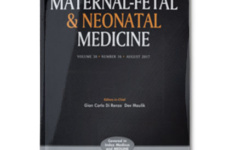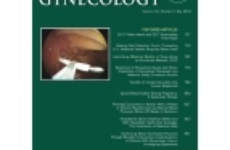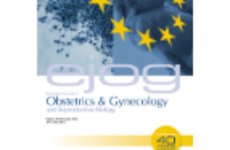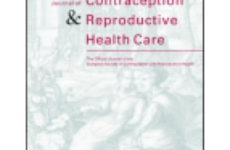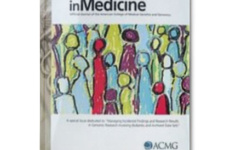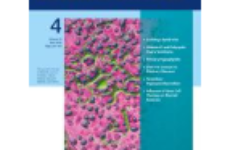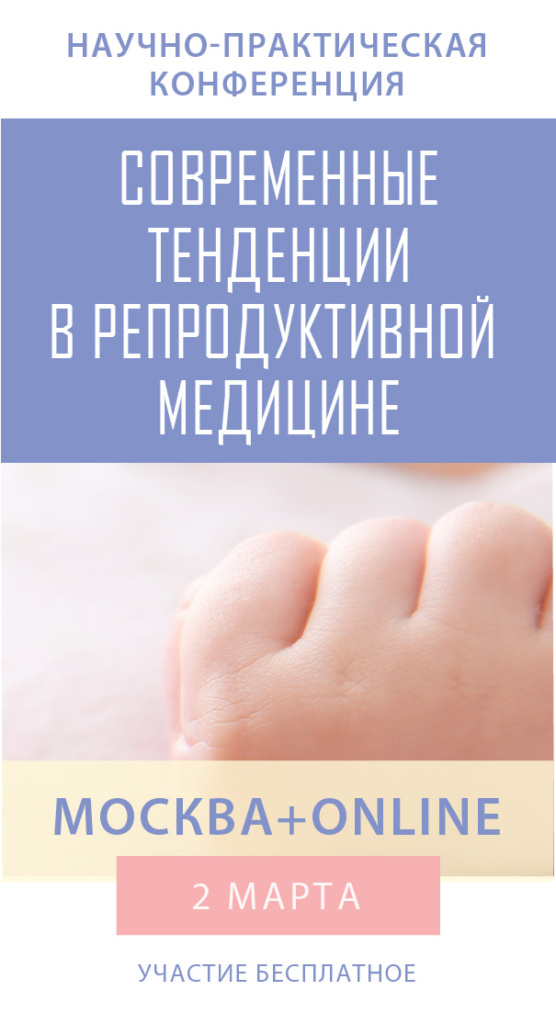Purpose
Pregnancy-associated complications, duration of gestation and parity are well-known predictors of neonatal birth weight. Assisted reproductive technology (ART) affects neonatal birth weight as well. Endometrial thickness as measured on the day of HCG triggering may therefore impact on the neonatal birth weight.
Methods
The data of 764 singleton deliveries achieved after fresh transfer between November 1997 and 2014 were collected retrospectively with the intention to analyze the relationship of maternal and neonatal characteristics with endometrial thickness and the possible predictive value of endometrial thickness on neonatal birth weight.
Results
Higher maternal age (p < 0.001), diminished ovarian reserve (p < 0.001), endometriosis (p = 0.008) and hypogonadotropic hypogonadism (p < 0.001) predicted thin endometrium. Neonatal birth weight (p = 0.004), longer duration of pregnancy (p = 0.008), parity (p = 0.026) and higher maternal BMI (p = 0.003) were correlated significantly with the degree of endometrial proliferation. Endometrial thickness strongly predicted neonatal birth weight (p = 0.004). After adjusting regression analysis for maternal age and BMI, parity, neonatal gender and pregnancy duration, endometrial thickness remained predictive for neonatal birth weight in pregnancies with obstetric complications (p = 0.017). In uneventful pregnancies duration and parity are determinants of neonatal birth weight.
Conclusions
Our findings suggest that endometrial thickness is an additional ART-related factor influencing neonatal birth weight. This finding should be confirmed in large cohort studies.
Keywords
Endometrial thickness, Neonatal birth, weight Assisted reproduction, Ovarian hyperstimulation, Obstetrical outcome
Rebecca Moffat, Sjanneke Beutler, Andreas Schötzau, Maria De Geyter, Christian De Geyter
Archives of Gynecology and Obstetrics , Volume 296, Issue 1, pp 115–122



